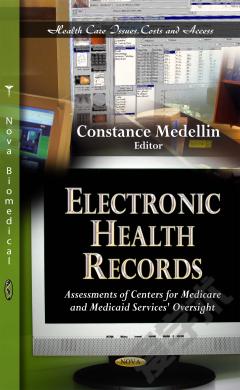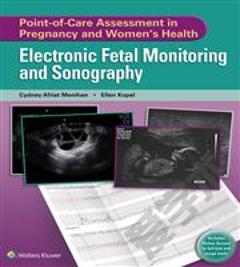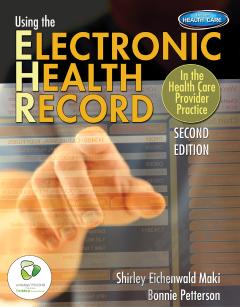Electronic Health Records: Assessments of Centers for Medicare and Medicaid Services' Oversight
Widespread use of health information technology, such as electronic health records (EHR), has the potential to improve the quality of care patients receive and reduce health care costs. Historically, patient health information has been scattered across paper records kept by many different providers in many different locations. When this occurs, health care professionals may lack ready access to critical information needed to make the most informed decisions on treatment options, potentially putting the patient's health at risk or leading to inappropriate or duplicative tests and procedures that increase health care spending. To help address these issues, this book examines EHRs, which can be used to electronically collect, store, receive, and transfer clinical information related to patients' care, allowing ready access to this information by multiple providers in different locations. Despite the potential benefits, studies have estimated that as of 2009, 78 percent of office-based physicians and 91 percent of hospitals had not adopted EHRs.
{{comment.content}}








 京公网安备 11010802027623号
京公网安备 11010802027623号